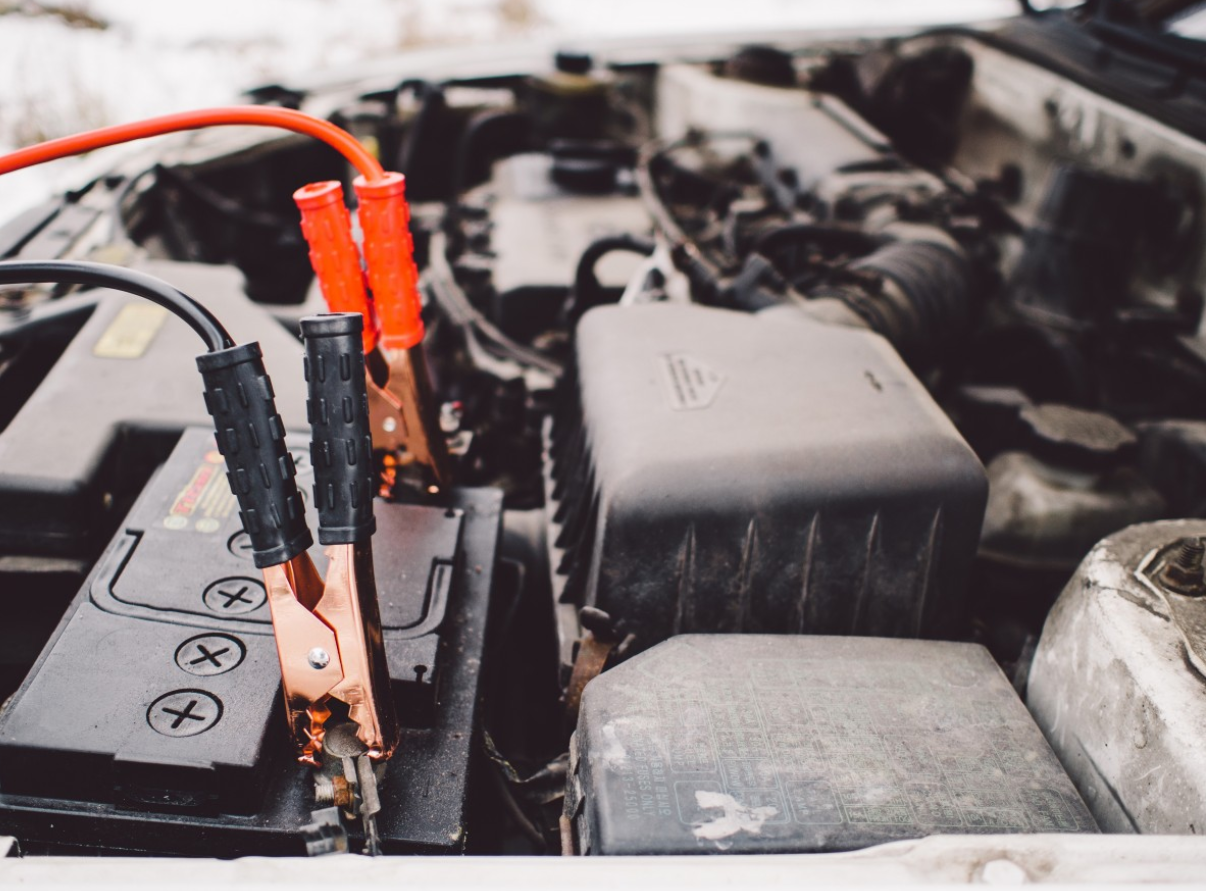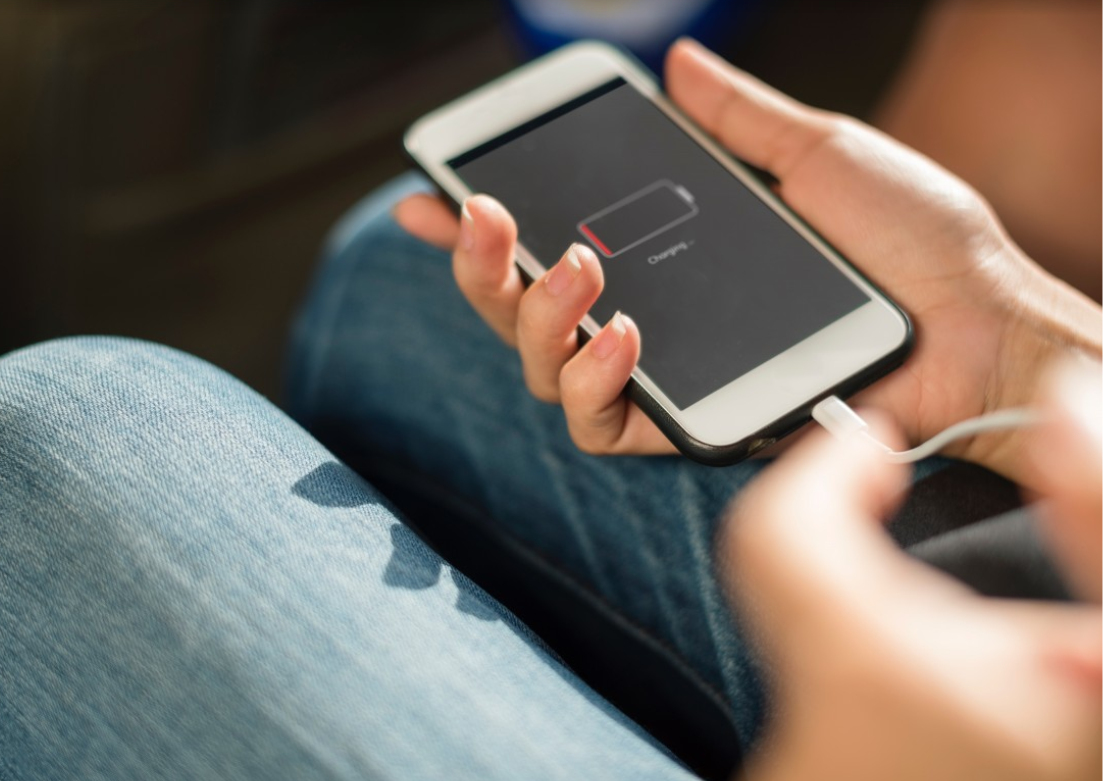 Apr 29,2025
Apr 29,2025 68
68Congratulations on purchasing your new lithium-ion (Li-ion) or lead-acid battery! Whether you’re using it for solar energy storage, electric vehicles, or backup power systems, proper care from day one ensures longevity, safety, and optimal performance. Here’s a step-by-step guide to help you get started.
1. Initial Inspection: Unboxing and Safety Check
· For Lithium-ion Batteries:
Check for Physical Damage: Inspect the battery casing, terminals, and wiring for cracks, dents, or leaks. Never use a damaged battery.
Verify Voltage: Use a multimeter to confirm the battery’s voltage matches the label. A significantly lower reading may indicate storage issues.
Review Documentation: Ensure the manufacturer’s manual and safety guidelines are included.
· For Lead-Acid Batteries:
Inspect Electrolyte Levels (Flooded Types): If unsealed, check that electrolyte fluid covers the plates. Top up with distilled water if necessary.
Terminal Check: Look for corrosion or loose connections. Clean terminals with a baking soda solution if needed.
2. First Charge: Setting the Foundation
· For Lithium-ion Batteries:
Partial Charge is Okay: Modern Li-ion batteries don’t require a full initial charge. Aim for 50-80% for storage-friendly setups.
Use the Right Charger: Always use a compatible charger to avoid overcharging, which can degrade cells.
· For Lead-Acid Batteries:
Fully Charge Before Use: Lead-acid batteries perform best when fully charged initially. Undercharging can cause sulfation (crystal buildup), reducing capacity.
Avoid Fast Charging: Slow, steady charging prolongs lifespan.
3. Usage Tips: Maximizing Lifespan
· For Lithium-ion Batteries:
Avoid Deep Discharges: Recharge when the battery reaches 20-30% capacity. Frequent full discharges shorten lifespan.
Temperature Matters: Keep batteries between 15°C–25°C (59°F–77°F). Extreme heat accelerates degradation; cold reduces efficiency.
· For Lead-Acid Batteries:
Limit Depth of Discharge (DoD): Avoid discharging below 50% capacity to prevent sulfation.
Regular Equalization (Flooded Types): Periodically overcharge to balance cell voltages and remove sulfate buildup.
4. Storage Guidelines: Long-Term Care
· For Lithium-ion Batteries:
Store at 40-60% Charge: A partial charge prevents stress during inactivity.
Cool, Dry Location: Ideal storage temperature is 10°C–25°C (50°F–77°F).
· For Lead-Acid Batteries:
Fully Charge Before Storage: Top up monthly to prevent self-discharge damage.
Keep Upright: Prevent leaks by storing in a stable position.
5. Safety First: Universal Precautions
No Short Circuits: Avoid exposing terminals to metal objects.
Ventilation: Lead-acid batteries emit hydrogen gas; store in well-ventilated areas.
Fire Safety: Li-ion batteries are generally safe but can combust if punctured or overheated. Keep away from flammable materials.
Conclusion: Small Steps, Big Impact
Proper care from day one ensures your lithium-ion or lead-acid battery delivers reliable performance for years. By following these simple steps—regular charging, temperature control, and safe handling—you’ll maximize ROI and minimize risks.
At ThinkVolt, we’re committed to helping you harness clean energy efficiently. Have questions? Reach out to our team for personalized advice!



